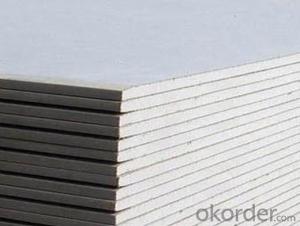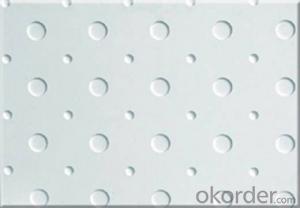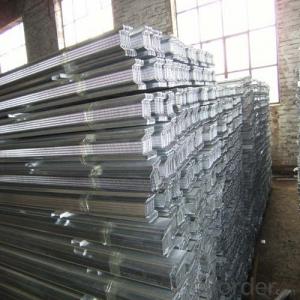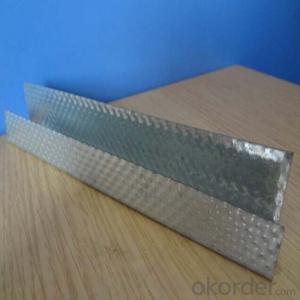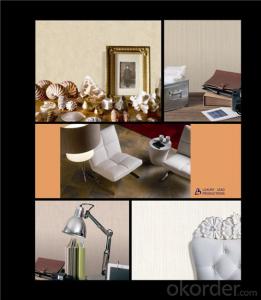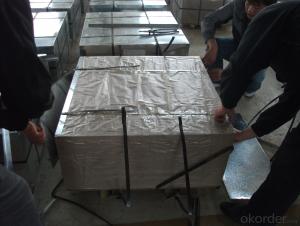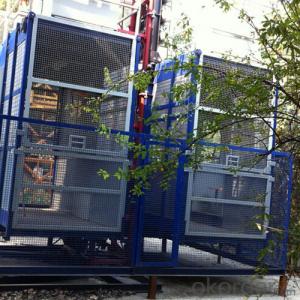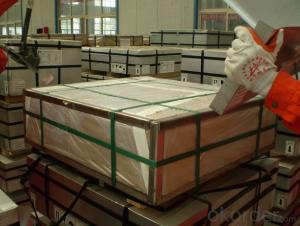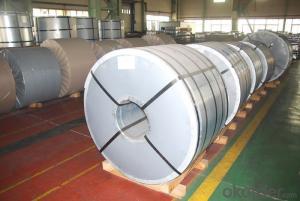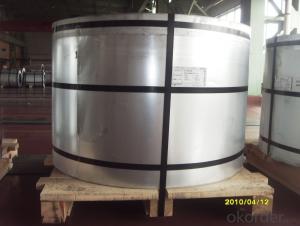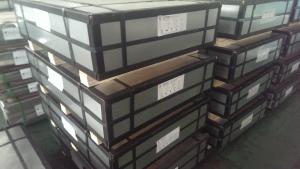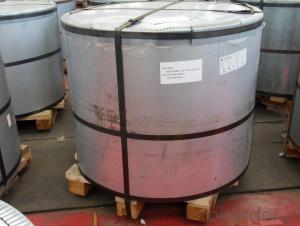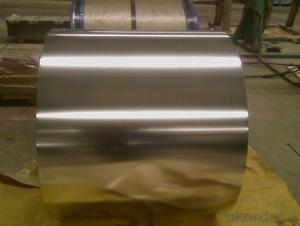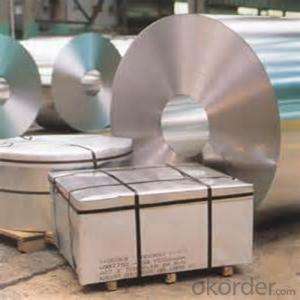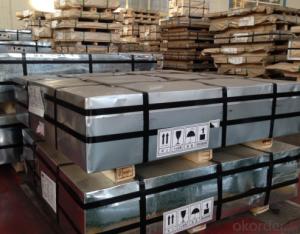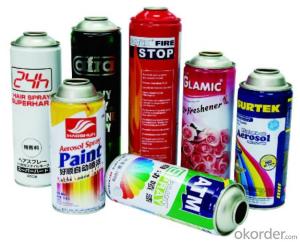Tinplate Material
Tinplate Material Related Searches
Raw Material For Solar Cells Ac Inverter For Solar Panels Plastic Wall Coverings For Bathrooms Fiberglass Sheets For Roofing Heat Reflective Material For Roof Wall Panels For Basement Felt Paper For Roofing Retaining Wall With Geogrid Plastic Coated Steel Roofing Sheets High Quality Roofing FeltHot Searches
Steel Mesh Panels For Sale Cheap High Tea Sets For Sale Cheap Solar Cells For Sale Q Cells Solar Panels For Sale Used Foam Board Insulation For Sale Welded Wire Panels For Sale Types Of Temporary Side Panels For Cement Deck Fiberglass Panels For Sale Magnesium Oxide Board For Sale Hdf Board For Sale sintra board for sale Cheap Mini Laptops For Sale Plywood For Sale Cheap Sandwich Panels For Sale resin panels for sale Cheap Washers For Sale Cheap Tall Vases For Sale Eps Panels For Sale Air Conditioner For Cheap Prices Gypsum Board Price Per Sheet In IndiaTinplate Material Supplier & Manufacturer from China
Okorder.com is a professional Tinplate Material supplier & manufacturer, offers integrated one-stop services including real-time quoting and online cargo tracking. We are funded by CNBM Group, a Fortune 500 enterprise and the largest Tinplate Material firm in China.Hot Products
FAQ
- The common defects found in tinplate packaging include dents, scratches, rust, improper sealing, and printing errors.
- There are several advantages to using tinplate for HVAC components. Firstly, tinplate is highly resistant to corrosion, making it suitable for applications in humid environments or those involving exposure to moisture. Secondly, tinplate offers excellent heat resistance, ensuring the durability and longevity of HVAC components even under high temperatures. Additionally, tinplate is lightweight, making it easier to handle and install, while still maintaining its strength and structural integrity. Lastly, tinplate is a cost-effective option, providing a balance between performance and affordability for HVAC systems.
- Tinplate packaging contributes to product reusability by providing a durable and long-lasting solution. It can be easily cleaned and reused multiple times, reducing the need for single-use packaging. Additionally, tinplate packaging can protect the product from external factors, such as light, moisture, and air, which helps extend its shelf life, further enhancing reusability.
- How can the section of the tinplate be maintained without rust?
- Heat the pot, wipe with fat pork and pig skin, over five minutes, and never rust again
- Yes, tinplate can be used for paint cans. Tinplate is a commonly used material for manufacturing paint cans due to its durability, corrosion resistance, and ability to hold paint effectively.
- Tinplate contributes to the performance of sports equipment by providing a durable and corrosion-resistant outer layer. This helps to protect the equipment from damage caused by moisture, impact, and other environmental factors, ultimately enhancing its lifespan and ensuring consistent performance throughout its use. Additionally, tinplate's smooth surface can improve the aerodynamics of certain sports equipment, enabling athletes to achieve better speed and accuracy in their movements.
- The main technological advancements in tinplate production include the development of automated and high-speed production lines, the introduction of advanced coating techniques to enhance corrosion resistance, the implementation of precise control systems to ensure consistent quality, and the use of innovative materials and alloys to improve tinplate strength and durability. Additionally, advancements in recycling and sustainability practices have been made to reduce environmental impact in tinplate production.
